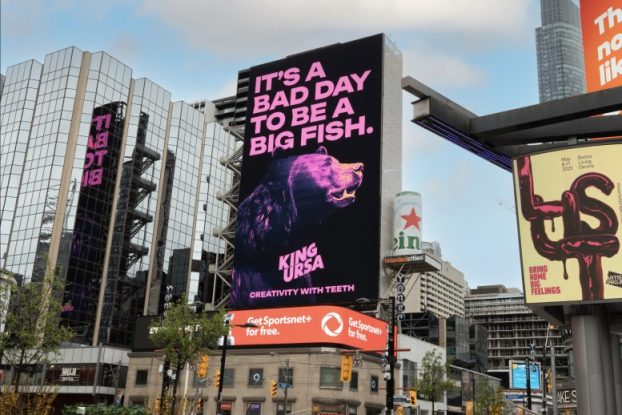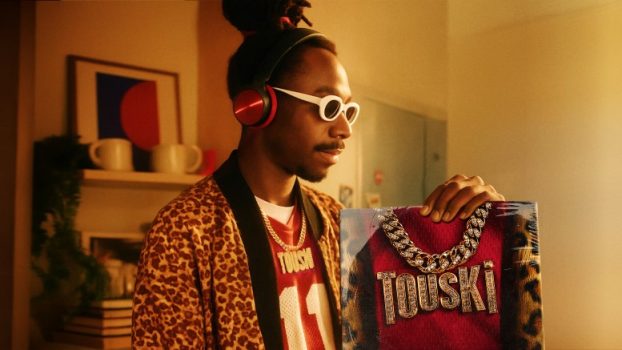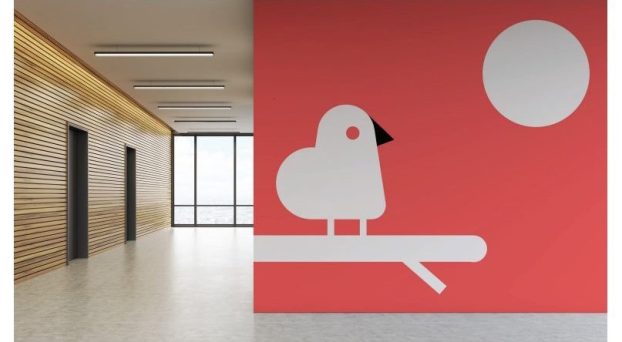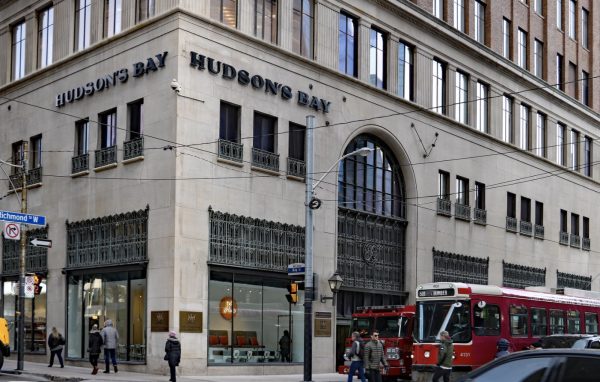Sustained Success
Long-Term Success
Situation Analysis: Getting to the top is one thing, staying there for a prolonged period is another. Honda Civic first reached the status of best-selling car in Canada 16 years ago, a position its competitors have strived to take over ever since. Every new model year, competitors introduce products such as the Mazda3 or the Elantra, while increasing their media spend to capture a larger share of voice in the market.
Insight & Strategy: Engineering a car that is dependable, reliable and built on quality is one thing, but staying number one required more. Using a proprietary strategy tool hypothesizing that consumers have 18 values that are drawn on throughout their lifetime, Civic communications had to cater to the broad range of buyers – e.g. the first-time car buyer, the speed-freak tuners and families – essential to maintaining top-selling car status over time. Common across all the elements would be the value of “happiness,” derived from Soichiro Honda’s “The Three Joys” company motto: the joy of producing, the joy of selling and the joy of buying. Connecting “happiness” to the ownership experience, the people who build the cars and everything in between, could create a tone for the brand that people could easily gravitate towards. The sheer number Honda Civic drivers in Canada could be turned into a strength via the Civic Nation – a community of Civic owners that could become ambassadors for the brand.
Execution: For a campaign to have lasted since its first launch in late 2002, it had to be built across a range of media, such as television, newsprint, radio, social media and digital, but also consist of separate messaging strands to create a broad and holistic appeal. From executions that celebrated the nation built around Civic, such as “United We Drive,” to Honda quality and dependability messages, it was also essential to evolve over time in order to remain relevant and in-line with culture through such messages as “Racetrack,” all the while having a consistent brand tonality of fun and humour as seen in the “Nice or Naughty – Bring Home a Honda” work.
Results: Over the past 16 years, the Honda Civic has continuously held the designation of “number one selling car in Canada,” selling a cumulative 783,000 units – 17% of all cars sold in the country. Although there have been many different competitive products, larger media spends and difficult financial periods for the country and consumer, the Civic has shown great resiliency. Further entrenching its position at the top has been its 16-year average lead over its evolving roster of closest competitors of 15,359 units per year.
Cause & Effect: During the campaign, the Honda Civic has routinely had a starting MSRP that was a slight premium over the competition, and has run its sales activities in the same manner as other manufacturers in the category ,while media spending has remained at approximately consistent levels each year. There were also no significant changes to Honda’s dealer network during the period. Automotive manufacturers commonly rely on fleet sales (rental car companies, municipal fleet vehicles, construction crews, etc.) to drive unit sales. Relative to the competition, Honda’s fleet vehicle sales have been insignificant.
Credits:
Client: Honda Canada
Asst. VP, sales and marketing: Dave Jamieson
Senior manager, Honda sales: James Marchand
Advertising manager: Kate Lucek
Agency: Grip
Managing partner, business: Bob Shanks
Partner, creative: David Crichton
ACDs: Ben Steele, Mike Koe
Group account director: Michelle Tafler
Director, business: Lisa Good
Manager, business: Greg Price
























